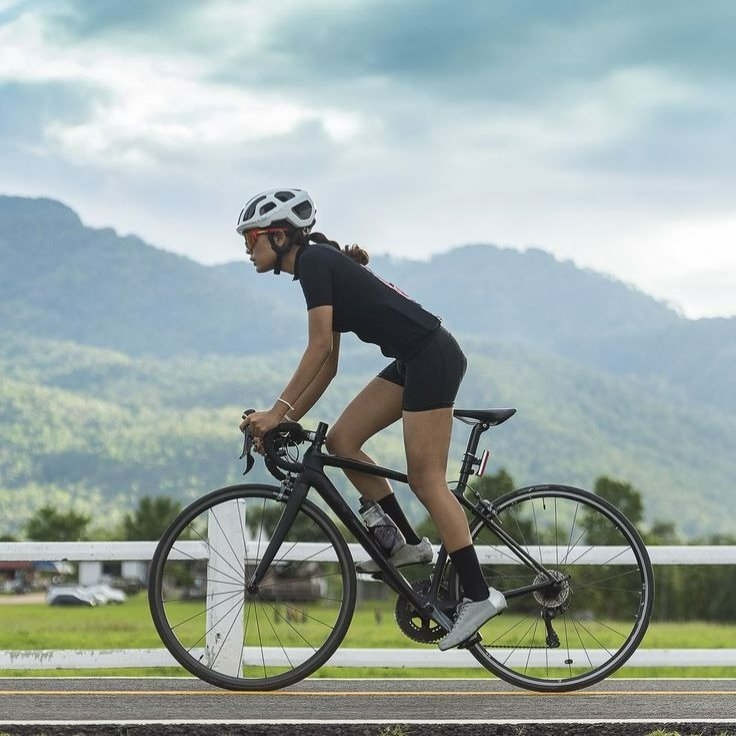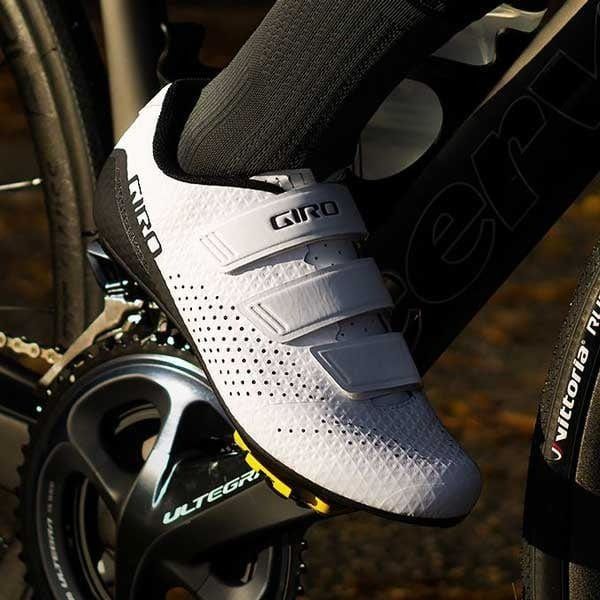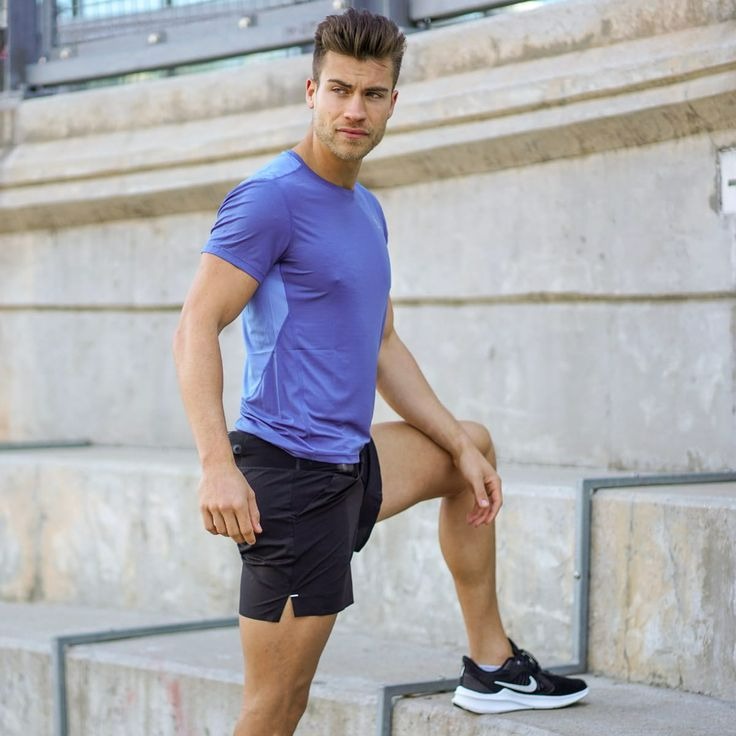Importance of Wearing a Cycling Helmet
Wearing a cycling helmet is essential for riders of all levels. It serves as a fundamental safety barrier, protecting your head during falls or collisions. In fact, studies show helmets significantly reduce the risk of head injuries, which can be severe and life-changing.
By cushioning the impact, helmets absorb shock and minimize the damage to the brain and skull. Furthermore, in many places, helmet use is not just a safety measure but a legal requirement. For cyclists, choosing the right helmet is as critical as the bike you ride. It’s more than gear; it’s a life saver. Riders should not overlook this simple but vital piece of protective equipment. Helmets save lives and wearing one is a proactive step in responsible cycling.

Key Features of High-Quality Cycling Helmets
When seeking a high-quality cycling helmet, several key features stand out. Here’s what you should consider.
Fit and Comfort
A snug fit enhances safety and comfort. Look for helmets with adjustable straps and padding. They should allow for fine-tuning the fit to your head size.
Weight
A lighter helmet reduces neck fatigue on long rides. Choose models that offer protection without the extra bulk.
Durability
Quality materials withstand impact and protect for longer. Inspect the shell and foam for toughness and resilience.
Ventilation
Good airflow keeps you cool. Check for multiple vents that promote breathability during rides.
Visibility
Bright colors or reflective materials increase your visibility. They aid in keeping you seen by others, especially in low light.
Safety Features
MIPS technology or similar, reduces rotational forces during a crash. It adds an extra layer of brain protection.
These features define high-quality cycling helmets. They ensure safety, comfort, and performance.
Understanding Helmet Safety Standards
Choosing the right cycling helmet is not just about comfort and style; safety standards are paramount. These standards ensure that helmets are built to protect you effectively. Different regions have specific safety certifications, and it’s vital to understand them.
U.S. Safety Standards: CPSC
In the United States, the Consumer Product Safety Commission (CPSC) sets the benchmark. This standard requires cycling helmets to withstand substantial impact and limit force transmitted to the head. Look for the CPSC sticker when buying a helmet in the U.S.
European Safety Standards: EN 1078
For Europe, EN 1078 is the relevant certification. Helmets that comply undergo rigorous testing for shock absorption, retention system effectiveness, and field of vision. Ensure your helmet meets these standards if you’re cycling in Europe.
Snell Certification
The Snell Foundation provides voluntary certification that’s more stringent than the legal requirements. A Snell-certified helmet offers a higher level of protection due to more demanding test criteria.
Other Certifications
Additional certifications like ASTM or AS/NZS indicate compliance with standards specific to other countries or sports. Always check your helmet matches the standards for your location and cycling activity.
Understanding and adhering to these safety standards is crucial for any cyclist. These certifications incorporate crash testing, strap strength tests, and many other safety checks. Ensuring your cycling helmets meet these rigorous safety standards could make a critical difference should you ever be in a collision or fall.

How to Properly Fit a Cycling Helmet
Fitting a cycling helmet correctly is critical for maximum safety. A poorly fitted helmet can compromise protection. To ensure a good fit, follow these steps:
- Size your head correctly. Measure your head circumference slightly above your eyebrows and ears. Use the measurement to pick the right helmet size.
- Position the helmet right. The helmet should sit level on your head, covering most of your forehead, not tilting back.
- Adjust the straps. The side straps should form a ‘V’ shape under, and slightly in front of, the ears. Secure them tightly enough without discomfort.
- Check the buckle. The chin strap buckle should fasten snugly, leaving only a couple of fingers’ space between the strap and your chin.
- Test the fit. Nod and shake your head. A proper fit means the helmet stays in place, not sliding around or off.
- Use the sizing pads. Most cycling helmets come with foam pads to refine the fit. You can add or remove these to ensure the helmet is neither too tight nor too loose.
- Seek expert advice if needed. If you’re uncertain about the fit, consult with a bike shop professional.
Remember that even high-quality cycling helmets require correct fitting to offer the best head protection. Repeat these fitting steps every time you wear a helmet, as straps may loosen over time. A well-fitted helmet should feel comfortable, without pressure points or excess movement.
Types of Cycling Helmets and Their Specific Uses
When it comes to selecting a cycling helmet, there’s more than one type to consider. Each type has a design that meets specific needs. Let’s break down the options.
Road Cycling Helmets
These are lightweight and aerodynamic. They keep riders cool with ample ventilation. Road helmets are best for long-distance cycling.
Mountain Bike Helmets
Mountain helmets offer more coverage around the back and sides. They are for rough terrain cycling. Look for ones with visors for sun and debris protection.
Commuter Helmets
Commuter helmets focus on convenience and comfort. Many have built-in lights and reflectors. They’re great for daily travel in city traffic.
BMX Helmets
BMX helmets have full-face coverage and are much stronger. They protect during jumps and stunts.
Time Trial Helmets
Time trial helmets have a distinct aero shape. They reduce air resistance for racing against the clock. Their design is for speed rather than ventilation.
Leisure Helmets
These are basic helmets for casual riders. They’re comfortable and often more affordable.
Each type of cycling helmet caters to the different demands of cycling disciplines. Pick the one that matches your riding style and the conditions you’ll face.

The Role of Aerodynamics and Ventilation in Helmet Design
When selecting a cycling helmet, aerodynamics and ventilation play critical roles. Aerodynamics refers to how air moves around the helmet. Good aerodynamics can reduce drag, which makes for a more efficient ride. This is especially important for road cyclists and racers who need every advantage in speed. Helmets designed for aerodynamics often have a smoother surface and a shape that cuts through the air.
Ventilation, on the other hand, ensures comfort during long rides. It’s about keeping your head cool. Effective ventilation comes from well-designed vents that allow air to flow over and around the head. Better airflow helps to evaporate sweat, cooling the skin and reducing discomfort. Commuter and mountain bike helmets often have more and larger vents. This provides extra cooling when cycling at slower speeds or in hot conditions.
Choosing a helmet with the right balance between aerodynamics and ventilation is key. Look for helmets with vent shapes that balance airflow and speed. Some high-quality helmets use advanced designs. They channel air efficiently while still cutting down on wind resistance. Remember, a hot and sweaty head can distract you from your ride. A well-ventilated helmet keeps you focused and comfortable.
For cyclists prioritizing speed, an aerodynamic helmet with fewer vents may be the choice. For those who value comfort and are riding in hotter climates, seek out helmets with more emphasis on ventilation.
Maintenance and When to Replace Your Cycling Helmet
Proper maintenance of cycling helmets is essential. It ensures they function correctly for as long as possible. Dirt, sweat, and oils can break down helmet materials over time. Regular cleaning with mild soap and water keeps the helmet in good condition. Allow it to air dry away from direct sunlight to prevent damage. Inspect the helmet regularly for signs of wear and tear. Look for cracks, dents, or damage to the foam. Check that the straps and adjusters still work properly. If they are frayed or broken, it is time to replace them.
Helmets also have a lifespan, typically ranging from three to five years. Even if it looks fine, materials can degrade internally. Sun exposure, frequent use, and aging can make the materials less effective. After a crash, always replace the helmet. Even if no visible damage is present, impacts can impair its protective capability. Some manufacturers offer crash replacement policies. Make the most of these offers if your helmet gets damaged. For safety, always choose a new helmet over a second-hand one. Used helmets might have unseen damage.
Remember these maintenance tips and replacement guidelines. They will keep you safe while riding. And remember, when in doubt, it’s better to replace your cycling helmet. Safety should always be your top priority.
Innovations in Cycling Helmet Technology
Cycling helmets have seen significant advancements in technology. These innovations enhance protection, comfort, and performance. Understanding these changes can help you choose a safer helmet.
Materials and Construction
New lightweight materials make helmets easier to wear without sacrificing safety. In-mold technology bonds the shell to the foam, improving durability. Some helmets now use carbon fiber or advanced polymers for extra strength.
Impact Protection Systems
Systems like MIPS (Multi-directional Impact Protection System) reduce rotational forces on the brain in a crash. Likewise, WaveCel and SPIN technologies offer similar protection, aiming to lessen impact effects.
Smart Helmets
Tech-enabled smart helmets are emerging. They come with built-in lights, indicators, and even Bluetooth connectivity. These features improve visibility and allow for communication on the go.
Better Ventilation Design
Advanced aerodynamic designs lead to superior airflow without compromising on speed. Vents are positioned strategically to cool the head more effectively while riding.
Adjustable Fit Systems
Modern helmets provide more adjustment options for a custom fit. Dial-adjust systems and flexible materials ensure a snug and comfortable helmet fit.
Enhanced Visibility
Reflective elements and LED lights are now more common. They help cyclists stand out in traffic or low-light conditions, increasing safety.
These innovations make modern cycling helmets more effective and user-friendly. They represent a leap forward not just in safety, but also in cyclist experience.


